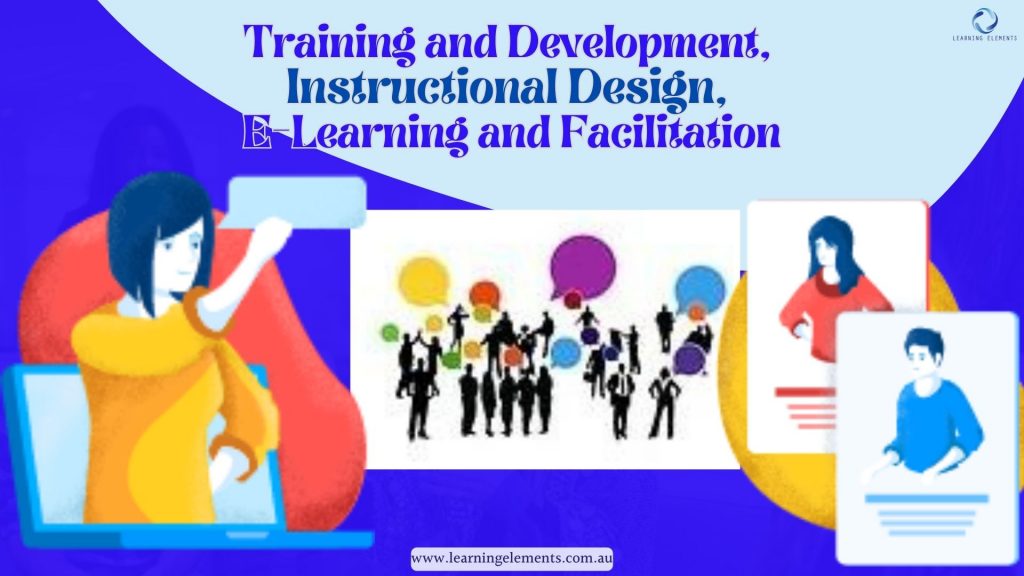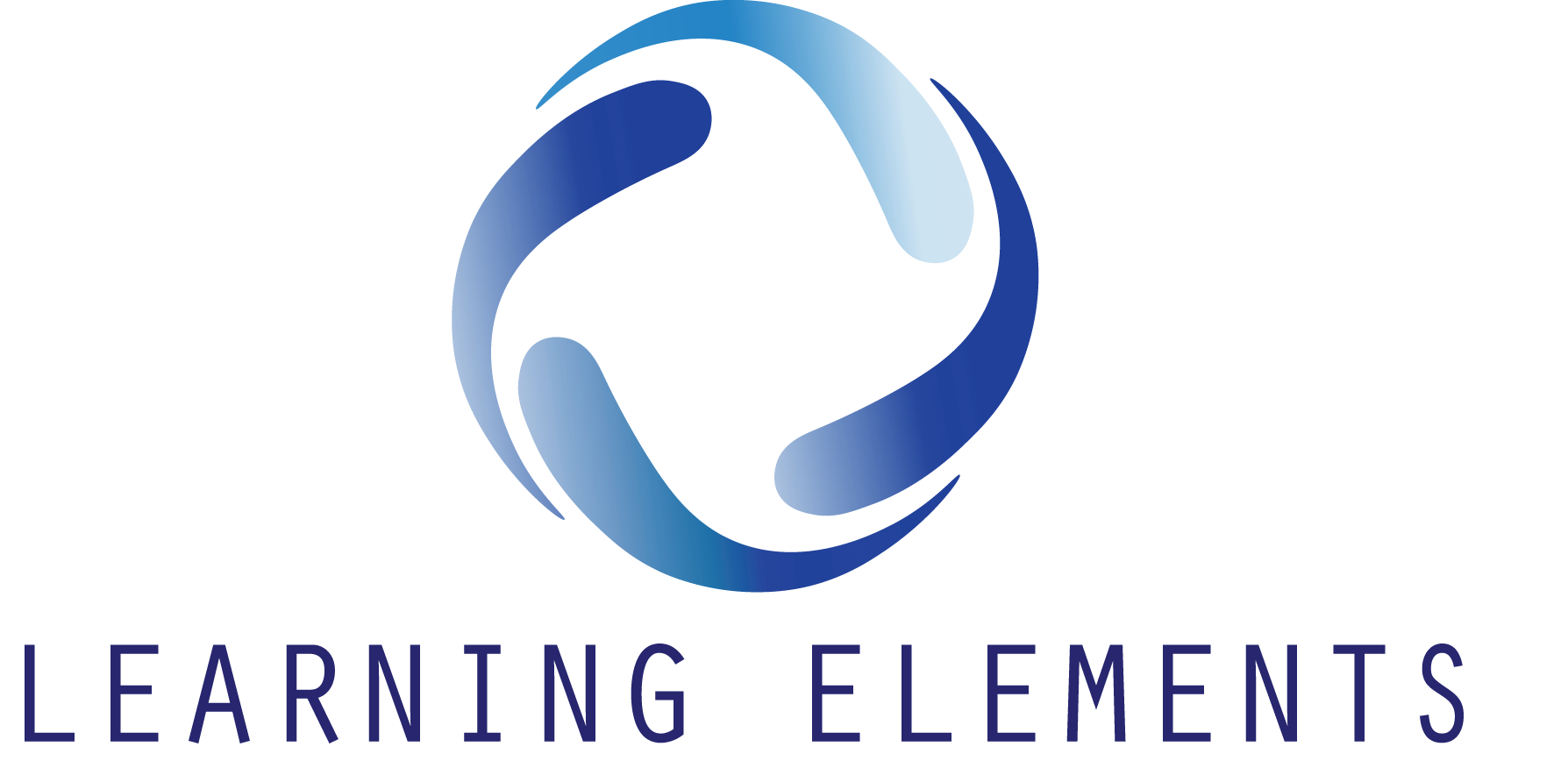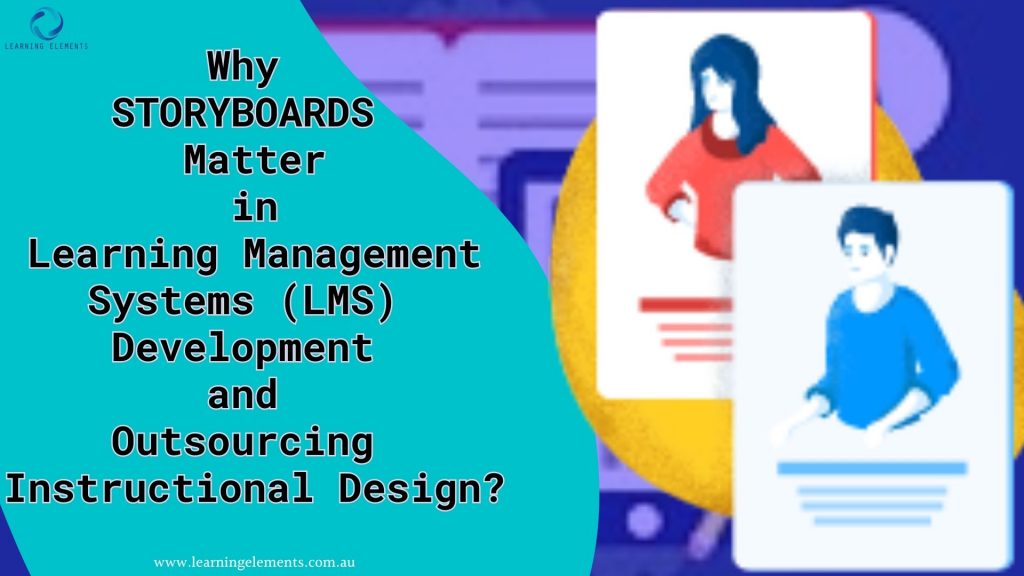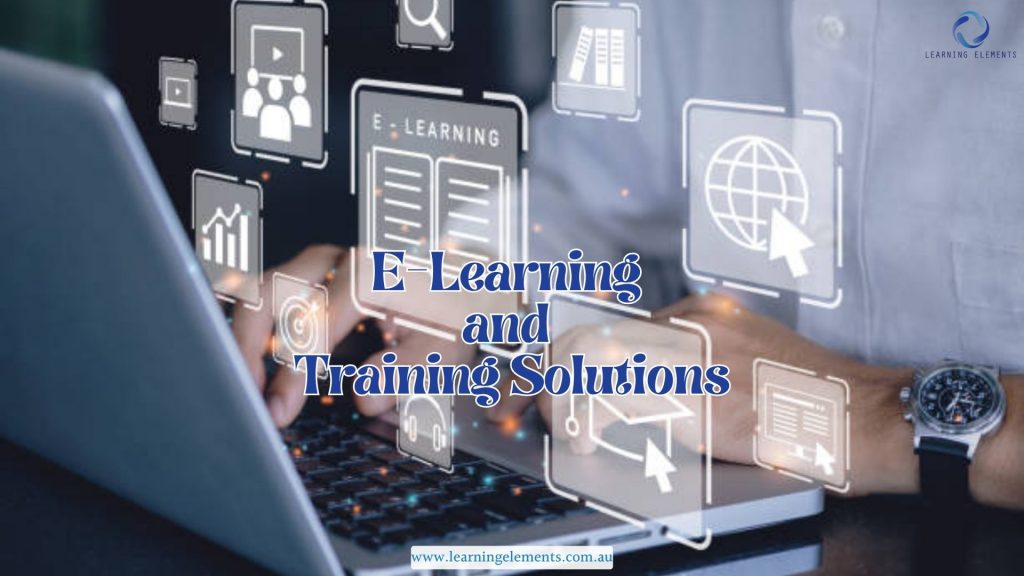Learning Management Systems (LMS) in Training and Development Through Outsourcing
The Learning Elements team, as qualified instructional designers, holds a unique perspective on Learning Management Systems (LMS) and their pivotal role in effective training and development. But did you know that outsourcing instructional design work can be a game-changer?
Outsourcing instructional design has been a common practise for many years, and it’s a strategic move that has transformed the training and development landscape. It provides an efficient solution for companies seeking specialised expertise. Moreover, it serves as a pathway to infusing fresh perspectives into your organisation and enhancing your workforce’s skillsets. Curious about how you can leverage the advantages of outsourcing instructional design while exploring more about Learning Management Systems (LMS)? Read this article to get insights!
Outsourcing Instructional Design: A Strategic Shift
-Unlocking Specialised Expertise
Outsourcing instructional design opens doors to a world of specialised expertise. It’s like having a team of instructional designers who breathe and live the art and science of effective training and development. It allows organisations to tap into the skills and knowledge of instructional designers who are well-versed in the latest instructional strategies, learning technologies, and industry best practises. When you outsource instructional design, you’re not just hiring professionals; you’re gaining access to a wealth of knowledge and skills that can help bring your training programs to new heights.
–Cost Efficiency and Scalability
One of the primary advantages of outsourcing is cost efficiency. Instead of maintaining a full-time in-house instructional design team with all the associated costs, such as salaries, benefits, and office space, organisations can scale their resources based on project needs. This flexibility is a financial boon, particularly for smaller businesses or those with fluctuating training demands. It allows a business to allocate resources where they are needed most, ensuring that every dollar spent on training and development counts.
–Fresh Perspectives and Innovation
Outsourcing brings fresh perspectives to the table. External instructional designers often approach projects with diverse sets of experiences and backgrounds. They approach projects with innovative ideas and an insatiable thirst for creativity. This injection of new concepts into your training materials can be a game-changer. It breaks the mould of routine and inspires learners with engaging and innovative content. Think of it as hosting a brainstorming session with a team of creative minds dedicated to enhancing your training materials.
–Focus on Core Competencies
By outsourcing non-core functions like instructional design, organisations can focus on what they do best—their core competencies and strategic initiatives. It’s akin to delegating tasks to experts in that field, freeing up your internal teams to concentrate on their strengths. This streamlining of resources can lead to increased productivity and competitiveness. Instead of being bogged down by tasks outside their core expertise, your teams can devote their energy to achieving your organisation’s broader goals and objectives. This is where Learning Elements, as your trusted partner in instructional design, can make a significant difference.

Learning Management Systems (LMS): A Cornerstone of Training and Development
–Centralised Training Hub
A Learning Management System (LMS) serves as a centralised hub for training and development initiatives. It allows organisations to store, manage, and distribute training materials efficiently. From e-learning modules to virtual classrooms, Learning Management Systems (LMS) can accommodate various learning formats. Picture it as a digital library that houses a wealth of knowledge, from e-learning modules to virtual classrooms, all accessible in one place. With an LMS, everything is in one location, easily accessible to learners and administrators alike. This centralised approach saves time, reduces the risk of using outdated content, and ensures consistency in training materials.
–Accessibility and Flexibility
LMS platforms enable learners to access training materials anytime, anywhere, using any device with internet access. This accessibility is particularly advantageous for remote or geographically dispersed teams. Whether an employee is at the office, working from home, or on a business trip, they can seamlessly continue their training journey. This flexibility empowers learners to take control of their learning, aligning with the self-directed learning trend that’s gaining momentum in the modern workplace.
–Progress Tracking and Reporting
Tracking learner progress and performance is simplified with an LMS without sifting through paperwork. An LMS automates data collection, empowering organisations to make informed decisions about training adjustments. Administrators can generate detailed reports, monitor course completion rates, and identify areas for improvement. This data-driven approach enhances training effectiveness.
–Customization and Personalisation
LMS platforms are highly customizable. Customization and personalisation enhance engagement. Instructional designers can tailor the learning experience to meet specific organisational goals and learners needs. Learners can access content relevant to their roles and progress at their own pace. From personalised learning paths to adaptive content, LMS fosters individualised development.
Have questions about this topic? Talk to us!
Why Storyboards Matter in Learning Management Systems (LMS) Development and Outsourcing Instructional Design
At Learning Elements, we understand the critical role storyboards play in LMS development and instructional design, whether in-house or outsourced. Our approach emphasises the use of storyboards in course creation and makes them an integral part of our commitment to delivering high-quality LMS solutions.
What Is a Storyboard?
In the context of LMS development, a storyboard is a visual representation of a learning module or course. It outlines the structure, flow, and content of each screen or slide within the course. Storyboards can be as simple as hand-drawn sketches or as detailed as digital prototypes.
Why Use a Storyboard?
- Visualising the Course: Storyboards provide a visual blueprint of the entire course, making it easier for instructional designers and stakeholders to understand how the content will be organised and presented.
- Content Sequencing: They help in arranging content logically. Designers can decide the sequence of topics, ensuring a smooth and coherent learning experience.
- Assessment and Interaction Planning: Storyboards allow for the integration of quizzes, assessments, and interactive elements at the right points in the course, enhancing learner engagement.
- Consistency: Storyboards promote consistency in design, ensuring that fonts, colours, and styles are uniform throughout the course, contributing to a professional look and feel.
Storyboards: Why Use One in LMS Development and Outsourcing Instructional Design?
- Clarity in Communication: When outsourcing instructional design, storyboards serve as a shared visual language between the organisation and the design team. They clarify the course structure and content, reducing misunderstandings and revisions.
- Efficient Collaboration: Storyboards facilitate collaboration between the internal team and external designers. They offer a clear framework for discussion and feedback, ensuring that the final product aligns with the organisation’s goals.
- Streamlined Development: Storyboards act as a roadmap for course development. Designers, whether in-house or outsourced, can follow the storyboard’s guidelines, speeding up the production process and reducing development time.
- Quality Control: Storyboards enable organisations to maintain quality control over outsourced projects. They serve as a reference point, allowing stakeholders to ensure that the final course meets their standards and objectives.
By utilising storyboards, we ensure that our LMS courses are structured logically, engaging, and aligned with our clients’ goals. Storyboards help us communicate effectively, collaborate efficiently, and maintain quality in every aspect of LMS development.
FAQs:
1. What types of training materials can be hosted on an LMS?
LMS can host various materials, including e-learning modules, video tutorials, documents, quizzes, webinars, and more. It accommodates diverse learning formats.
2. How can outsourcing instructional design enhance the effectiveness of LMS-based training programs?
Outsourced instructional designers bring specialised skills to the table, ensuring that LMS content is engaging, effective, and aligned with best practises in instructional design.
3. How does outsourcing instructional design contribute to the faster development of LMS courses?
Outsourcing instructional design accelerates LMS course development by leveraging specialised expertise and dedicated resources. This strategic approach, especially when partnering with Learning Elements for on-demand training design services, ensures efficient and high-quality course creation within shorter timeframes.
If you’d like to explore this topic further, consider reading our blog, “E-Learning in the Digital-First World.” It offers insights into Blended Learning, the Role of LMS, and Leveraging Digital Platforms for Diverse Training Needs.
Ready to Optimise Your LMS Learning Experience?
Book a 30-minute consultation now, and let’s discuss how Learning Elements can help you create engaging and effective LMS content!



